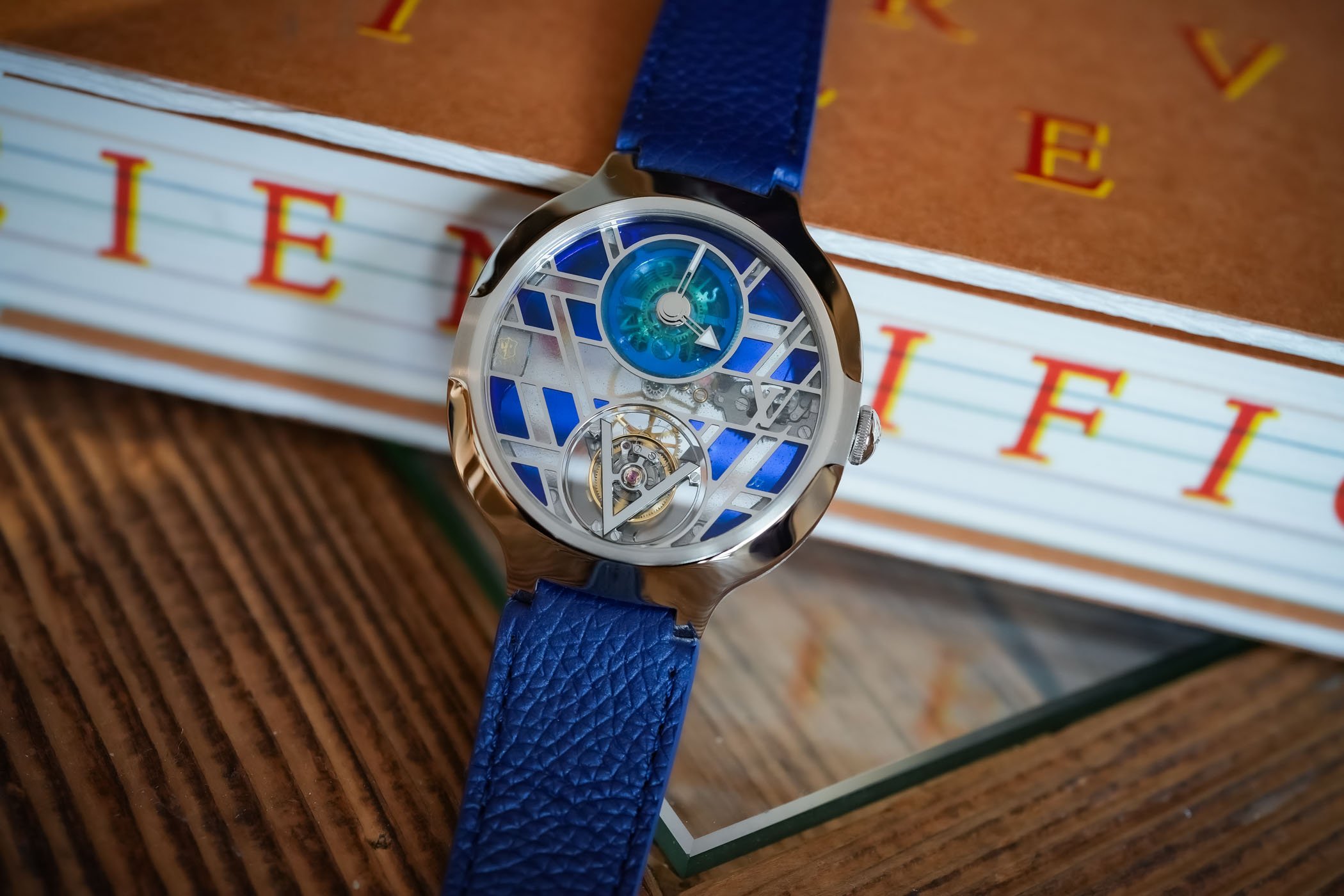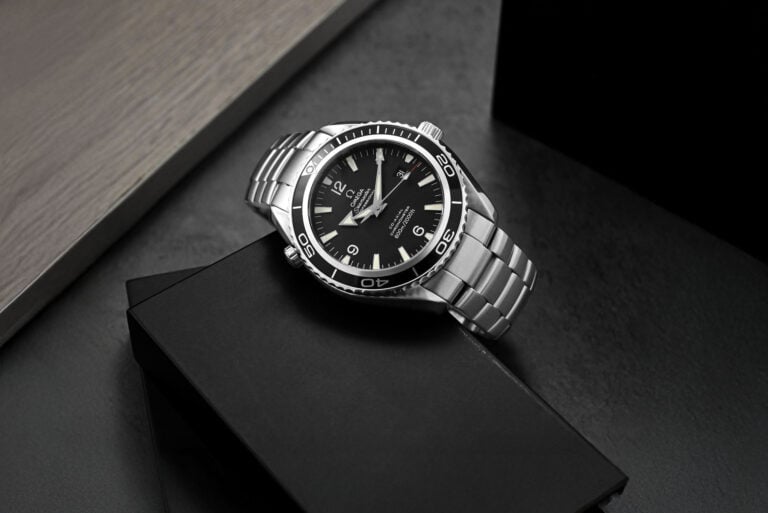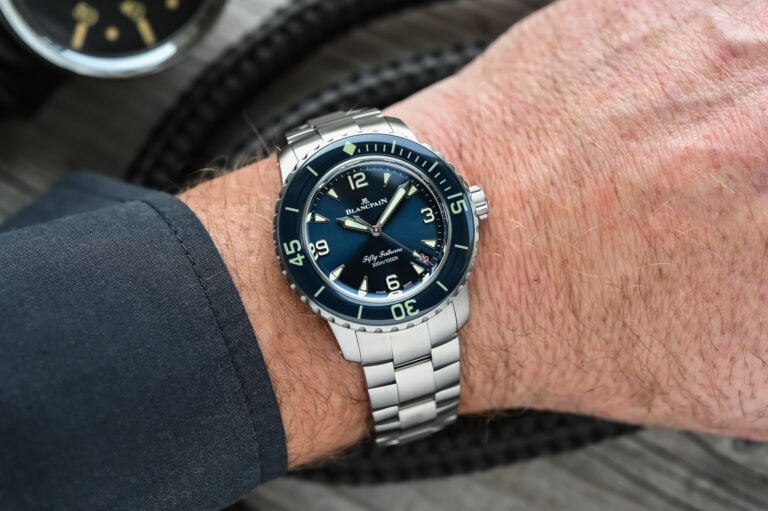The Craftsmanship behind the Louis Vuitton Voyager Flying Tourbillon Plique-à-Jour
A glimpse into La Fabrique des Arts, an atelier dedicated to métiers d’art at Louis Vuitton.
Recently, we’ve discovered the new haute horlogerie creations of Louis Vuitton, which included a trio of artistic models inspired by the universe of Gaston-Louis Vuitton, as well as a striking take on horology by architect Frank Gehry. There was a third watch introduced, one that really made an impression on us with its combination of high-end watchmaking and sophisticated craftsmanship, the Louis Vuitton Voyager Flying Tourbillon Plique-à-Jour. Today, we are taking a tour inside La Fabrique du Temps Louis Vuitton (LFT), on the outskirts of Geneva. And more precisely, we’re visiting La Fabrique des Arts, an atelier dedicated to métiers d’art to discover how the spectacular stained glass-inspired dial of this watch is made, with our latest in-depth video (on top of this article).
In the past decade, the watch division of Louis Vuitton has been steadily expanding its foothold in haute horlogerie, a journey that commenced with acquiring movement specialist La Fabrique de Temps (LFT) about ten years ago. Today, we’ll be taking a look at the Voyager Flying Tourbillon with Plique-à-Jour dial, an exquisite métiers d’art watch that complies with the Geneva Seal. This watch provides a glimpse into the wide array of competencies and savoir-faire amassed here at La Fabrique du Temps.
When discussing Louis Vuitton watches, it’s hard not to think of the Tambour collection. Streamlined drastically, this signature design is now essentially the brand’s take on the luxury sports watch with an integrated bracelet. However, there’s more to LV Watches. Specifically when it comes to haute horlogerie.
The Voyager Tourbillon made its debut back in 2016, skillfully blending Louis Vuitton’s unique design aesthetic with a surprisingly minimalist approach. The latest iteration, the Voyager Flying Tourbillon Poinçon de Genève, stands out with its plique-à-jour enamel dial, reminiscent of stained glass with its translucent enamel composition. This exquisite watch is presented in the elegantly proportioned 41mm Voyager case whose design is based on a graphic combination of a circle and a square. Made of platinum, its avant-garde silhouette features graceful curves and a masterful blend of finishes, harmonizing seamlessly with the dial.
Plique-à-jour, loosely translated as “letting in the daylight”, describes transparent enamel without a backing. This technique resembles a stained glass window, featuring a metal outline or frame filled with various transparent, glass-like enamels of multiple colors. Similar to cloisonné, plique-à-jour involves metal partitions or cells with a temporary backing, typically removed through an acid bath. However, the artisans at La Fabrique des Arts have chosen an ancestral savoir-faire, a capillary action fill method without any support. This technique entails depositing material into open cells through quick and delicate movements, ensuring the enamel spreads evenly without forming air pockets.
The white gold frame of the dial features intertwined V shapes and a round opening for the tourbillon. An impressive detail, the ring at the centre of the dial, for the hands pinion, is secured only by enamel with no metallic connection! The craftsmen apply like five to six layers of enamel and fire it in a kiln the same number of times. It takes around 100 hours to make just one. But, the result is truly mind-blowing. As you’ll discover in this movie.
For more details, please check our review of the Louis Vuitton Voyager Flying Tourbillon Plique-à-Jour and consut louisvuitton.com.









